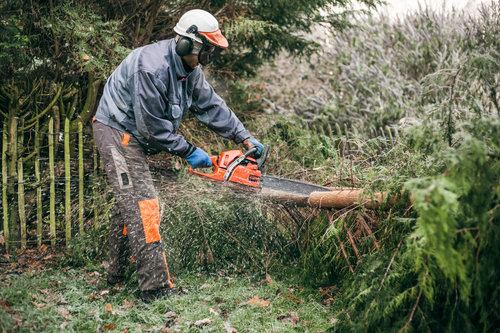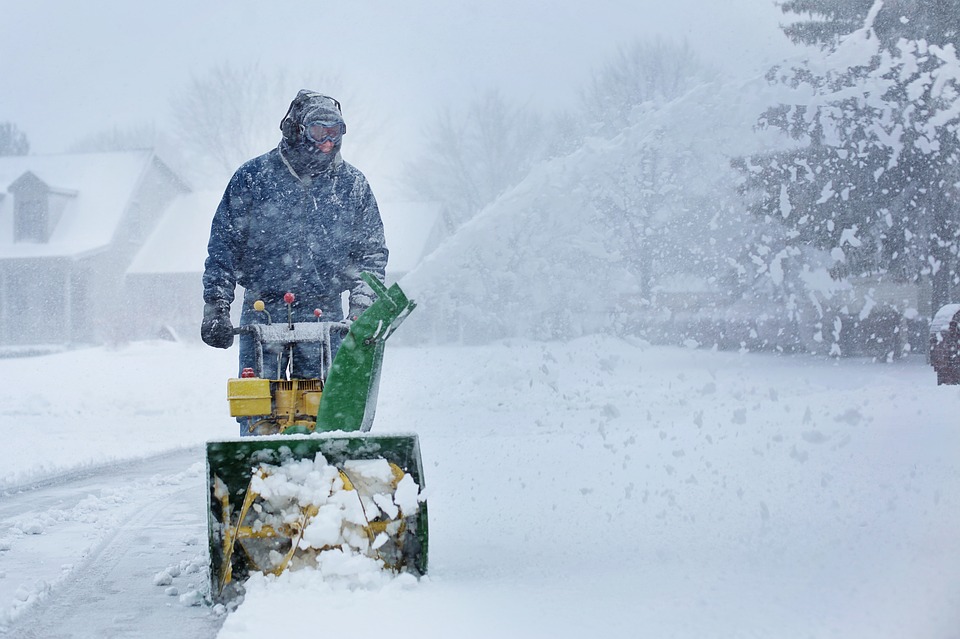Signs of Foundation Damage
Your house is your biggest investment, and just like a car or computer, it must be periodically checked to see if it needs maintenance. The foundation of your house – the base literally holding your house together – is the most important part of your house to examine and maintain. And just like a car, it is better to be preemptive than be stuck paying tens of thousands of dollars for not keeping up with the warning signs in the foundation of your home.
How do you know what the warning signs are? What is the difference between a 20 grand check and a quick inspection? In this article, we spoke with Anchor Foundation Repair of College Station, Texas, and we got the inside scoop on protecting the inside and outside of your house. We will go over the warning signs of a potentially faulty foundation, and when it’s time to call a foundation repair expert.
Foundation and Wall Cracks or Crumbling
Small, hairline cracks in the foundation of a new home, usually 1/16th of an inch, are very common and completely normal, and can usually be painted over with waterproof concrete paint. Vertical cracks in the foundation are also not necessarily an issue. However, horizontal cracks in the exterior of your home, especially ones with a zig-zag or “stair step” pattern or cracks that are bigger than ¼ inch, may be a warning sign of a foundation in need of repair. Protruding bricks are another indicator of a potentially serious foundation problem. Usually this is caused by weather and moisture, either inside the foundation, or in the outside soil. Cracks this big can and will get even bigger when water seeps in or pests find shelter in the cracks of your foundation. At this point, it’s time to call a foundation repair company.
Sinking or Settling Foundation
A little bit of even settling, especially in the first years after building a home, are normal. Houses also settle over time, and even a little bit of sloping aren’t necessarily serious. However, if you start to notice floors sinking, the center of your home sinking, jamming doors, uneven floors, warped ceilings, exposed gaps where walls meet, buckling walls, improperly fitting windows, and other signs of settling or sinking, your foundation needs to be inspected as soon as possible. You may also notice squeaky floors, especially in a house with a pier and beam foundation.
Rotten Wood or Damp Crawl Space in Pier & Beam Foundation
Water, moisture or dampness in the basement or crawl space may be another sign that your foundation is in trouble. If the moisture doesn’t a primary issue in the foundation, it may become a secondary one – moisture invites bigger cracks, which in turn invite more water, which is a vicious circle. Moisture in the basement, crawl space, or wood in a pier and beam foundation can invite termites which will wreak havoc on a pier and beam foundation.
If you live in an area with frequent rain or snow, you’re going to want a good drainage system. A sump pump, French drain, and/or surface drain may need to be installed to divert the water far away from your foundation and the soil near your house.
Sticking and Improperly Fitting Doors & Windows
All the windows and doors in your home should fit well. Doors and windows that need to be slammed or forced shut may be signs of foundation problems, and windows and doors that are too loose are poor insulators, meaning that either your heat or electricity bills will go up. Uneven or unlevel doors are another sign of possible foundation settling or sinking. This is another reason that having a foundation inspection is a good idea. The sticking of doors and windows may just be due to humidity, or it could be a foundation failure waiting to happen.
Walls Separating or Rotating from Rest of the House
If the exterior wall is separating or pulling away from your house, or you notice that a window or door is pulling away from the wall. You may also notice that even your kitchen cabinets or counters seem to be tilting or pulling away from the walls. If you notice any of these signs, you need to call a foundation repair company immediately, as this is a serious sign of foundation failure or impending foundation failure.

